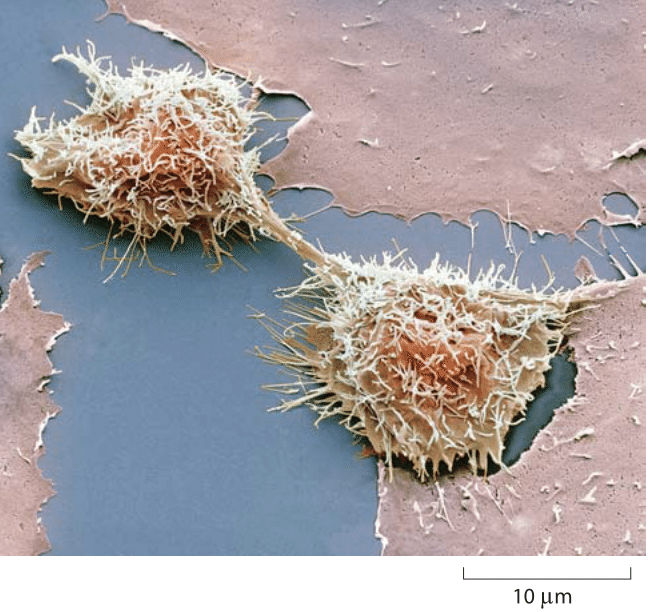This discussion was in the context of Behe’s review article several years ago in which he attempts to develop a “rule” of adaptive evolution based on experimental evolution results in bacteria and viruses. I thought the topic and the comments were worth a new thread.
Dr. Gauger writes that the PNAS paper describes yeast “deleting their own genes.” When I saw her comment, I was amazed that I had missed such a significant discovery: the deletion of genes in response to selection would be huge news (like, NY Times kind of news) for a few reasons, but the most notable to me is the fact that no known organism has machinery for deletion of genes. Perhaps Dr. Gauger did not mean that the yeast actively deleted genes, but that’s what the sentence implies. So I read the PNAS paper excitedly.
It does not report that yeast delete their own genes. It doesn’t even report the much less surprising process of selection acting on yeast strains that have undergone accidental deletion of genes. And its conclusion is very different from the implication that yeast will undergo gene removal when evolving under strong selection.
The paper is actually about an interesting and incompletely resolved question about trade-offs in evolution centered on the expression of genes. The premise is that making RNA and protein incurs a cost, and so unnecessary production of either or both should be subject to selective pressure whenever the cost/benefit ratio reaches some threshold. This seems obvious, and it is certainly true in principle, but efforts to demonstrate and measure a selective effect of deletion of “optional” genes, especially in eukaryotes like yeast, had been unsuccessful before the PNAS paper was published in 2009. The authors decided to look again, in the context of mating. You may know that most fungi can reproduce sexually (mating) and asexually (budding, spore-making, or simple division). Mating is a somewhat complex process that involves a dedicated set of genes, and so it’s a good scenario for the study of trade-offs. The experimental question is this: if a yeast population is forced to reproduce asexually (without mating), will it shut off its mating genes? This, presumably, would create a competitive advantage, due to the saving (not wasting) of resources.
Their approach was straightforward. First they did an experiment to select for sterile yeast. They then took a set of these sterile mutants and asked whether they enjoyed a growth advantage over their fertile relatives. They found many that did (and some that didn’t). Then they identified the mutations in several of the most successful mutants. This is one of the great advantages of working in yeast: even almost ten years ago, there were technologies and resources readily available to identify the exact mutation of interest in a yeast strain. This is the point at which they would have found genes deleted by yeast in order to gain a competitive advantage.
Not one of the mutants had any genes deleted. The mutations were tiny changes that made dysfunctional (or non-functional) proteins. In all but one of the strains, a single gene was mutated.
The mutations didn’t delete any genes. What they did was inactivate one gene, and that change led to reduced expression of 23 other genes, none of which was deleted or even modified. I will paste the authors’ conclusion below, but the lay version is this:
Loss of gene expression can be advantageous, but only when you can turn off a bunch of genes at the same time and probably only in a large population where the very small resulting advantage can be seen by selection. This is a far cry from yeast deleting genes they don’t need, and that’s why this interesting paper wasn’t in the New York Times in 2009.
Gene loss is interesting, and it’s undoubtedly a big part of evolution. We should discuss it accurately, in the context of the full scientific literature.
Conclusion of PNAS paper:
Here, we provide evidence for a general cost of gene expression and find that elimination of the expression of 23 genes results in a 2% growth-rate advantage. Assuming that each of these genes contributes equally, the growth-rate advantage attained by eliminating a single dispensable gene is <0.1%. The fate of mutations whose selection coefficient is >1/N is dominated by selection; therefore, for population sizes greater than ≈103, such as panmictic microbial populations, selection will oppose unnecessary gene expression, but for small or subdivided populations, drift will dominate for all but the small fraction of strongly expressed genes. Selection for sterile strains during long-term evolution and for the GPA1-G1406T allele supports the hypothesis that selection can optimize the level of gene expression to balance the cost of protein production and the demand for protein function, and argues that proteins that do not increase fitness will be lost.

